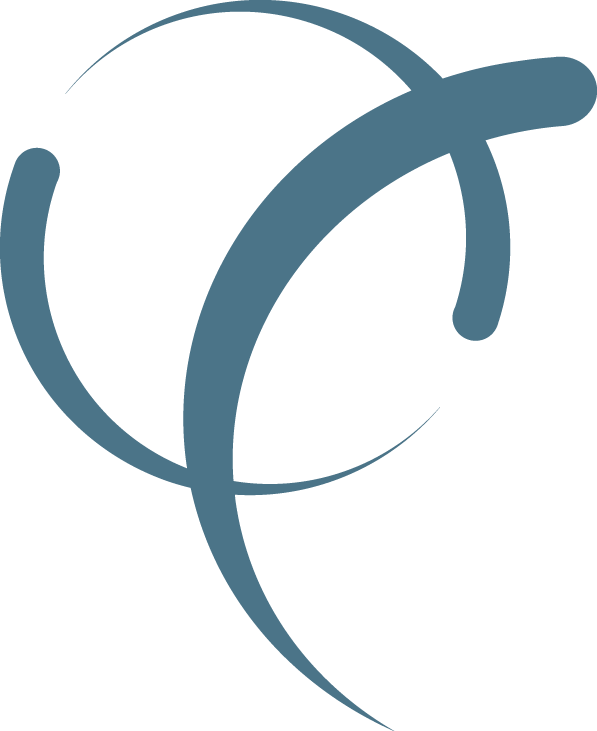- Aesthetic Surgeries
Blepharoplasty

Blepharoplasty
Blepharoplasty, also known as eyelid surgery, is a transformative cosmetic procedure targeting excess skin, muscle laxity, and occasional fat accumulation in both upper and lower eyelids. It serves a vital role in facial rejuvenation by creating a seamless aesthetic connection between eyebrows and cheeks. To assess eligibility for eyelid rejuvenation, a thorough consultation with a qualified surgeon is necessary. Evaluation considers factors like eyelid-related medical conditions, surgical complication risks, and overall health. Smoking and certain health issues such as dry eyes or diabetes may impact surgery viability.
During eyelid surgery, strategic incisions are made in the upper eyelid fold and beneath the lower eyelashes, discreetly hiding scars after healing. The surgeon marks points to guide removal of excess skin and fat for a rejuvenated appearance. The procedure can target upper or lower eyelids individually or simultaneously, addressing issues like sagging outer eye muscles or dry eyes. For drooping eyebrows, an eyebrow lift complements eyelid rejuvenation. CO2 laser treatment enhances results by smoothing wrinkles, and smaller tissue adjustments prevent dryness symptoms. While effects last up to a decade, the procedure can be repeated for a sustained refreshed look, tailored to individual health and lifestyle considerations.
Blepharoplasty in Turkey

Experience the transformative benefits of blepharoplasty in Turkey, where a perfect blend of affordability, high success rates, cutting-edge technology, and top-tier clinics await. Our all-inclusive packages ensure a seamless journey, covering various aspects of treatment, from surgical fees to accommodations. With skilled surgeons and the latest technology, Turkey maintains its reputation for exceptional cosmetic procedures.
Upper blepharoplasty targets the upper eyelids, addressing concerns like excess skin and muscle laxity. This procedure rejuvenates the eyes, creating a more alert and youthful appearance. On the other hand, lower blepharoplasty focuses on the lower eyelids, addressing issues such as puffiness, excess skin, and under-eye bags. The meticulous application of advanced technology in our top-tier clinics ensures precise interventions and enhances overall patient satisfaction.
Communication is seamless with our multilingual team, eliminating language barriers and ensuring a clear understanding of your needs. Explore the transformative possibilities of blepharoplasty in Turkey, where expertise, affordability, and comprehensive care come together. Schedule your consultation today and take the first step towards enhancing your natural beauty with confidence.

What is the best surgery for hooded eyelids?
The best surgery for hooded eyelids is typically Upper Blepharoplasty (Upper Eyelid Surgery). This procedure involves removing excess skin, fat, and muscle from the upper eyelids, addressing the drooping or hooding effect. Upper Blepharoplasty helps create a more refreshed and youthful appearance by restoring a natural eyelid contour.
What is the best age to have eyelid surgery?
How long does a blepharoplasty last?
Eyelid surgery, known as blepharoplasty, provides long-lasting rejuvenation.
Eyelid surgery, whether for upper or lower lids, delivers lasting results, especially for lower lid treatments that require minimal touch-ups. Upper eyelid surgery provides enduring outcomes, typically around seven years. While it can't stop aging, blepharoplasty's effects endure for five to seven years on upper lids and potentially a lifetime on lower lids, reducing the need for repeat procedures. Many choose combined upper and lower eyelid treatments for comprehensive and lasting aesthetic improvements.
Which anesthesia is most commonly used for blepharoplasty?
Local anesthesia with sedation or general anesthesia is commonly used for blepharoplasty. Local anesthesia numbs the eyelids, and sedation helps the patient relax during the procedure. General anesthesia may be preferred for more extensive eyelid surgeries or for patients who prefer to be completely asleep during the procedure. The choice of anesthesia depends on the specific case and the surgeon's recommendation.
How long is recovery after eyelid surgery?
Recovery after eyelid surgery, or blepharoplasty, varies among individuals, but generally, patients can expect some downtime. Swelling and bruising are common during the first week, and patients may experience temporary discomfort, dry eyes, and sensitivity to light. Most people can return to work and resume normal activities within 7 to 10 days, although strenuous exercise should be avoided for a few weeks. Full recovery, where residual swelling is minimal and scars continue to fade, may take 1-3 months.
How long do I need to stay in Turkey for an eyelid surgery?
The recommended stay in Turkey for eyelid surgery, or blepharoplasty, typically ranges from 5 to 7 days. This duration allows for initial recovery, monitoring, and any necessary follow-up consultations. Staying this period ensures that you receive proper care and guidance throughout the early stages of your recuperation. Contact us for more information and to plan your stay for eyelid surgery in Turkey.
How much does eyelid surgery cost in Turkey?
The cost of eyelid surgery, or blepharoplasty, in Turkey can vary depending on factors such as the specific procedure, the surgeon's experience, and the location of the clinic. Contact us for more information and to determine the cost of eyelid surgery tailored to your requirements.
- FAQ
How many types of blepharoplasty are there in Turkey?
There are two primary types of blepharoplasty:
Upper Blepharoplasty (Upper Eyelid Surgery): This procedure focuses on addressing issues with the upper eyelids, such as excess skin and fat deposits. It aims to rejuvenate the appearance of the eyes by removing or repositioning tissues.
Lower Blepharoplasty (Lower Eyelid Surgery): Lower blepharoplasty targets concerns in the lower eyelids, including under-eye bags, wrinkles, and sagging skin. It involves the removal or repositioning of excess fat and skin to enhance the overall eye area.
Each type can be performed individually or combined for a comprehensive rejuvenation of the eyes. The choice depends on the specific concerns and goals of the patient.